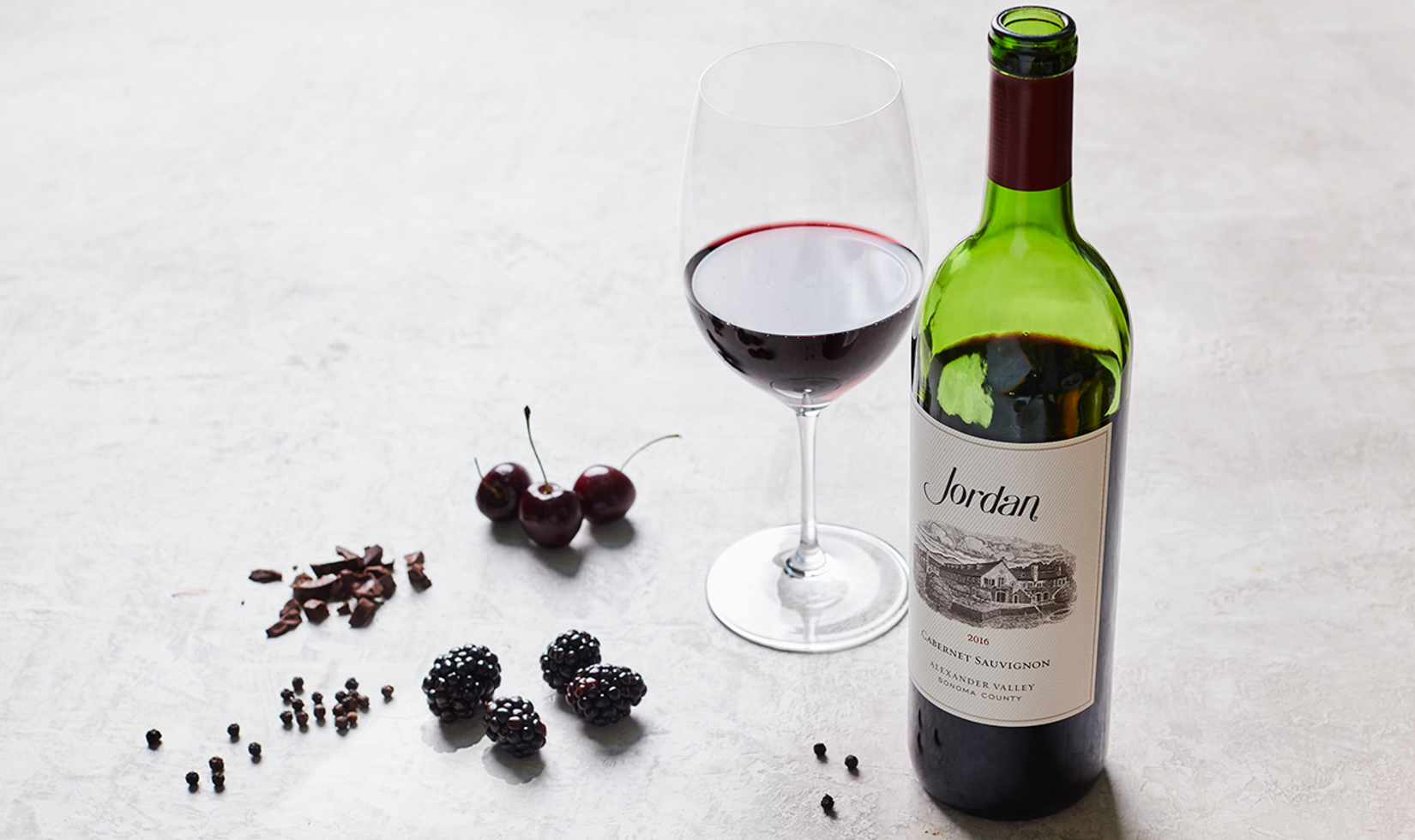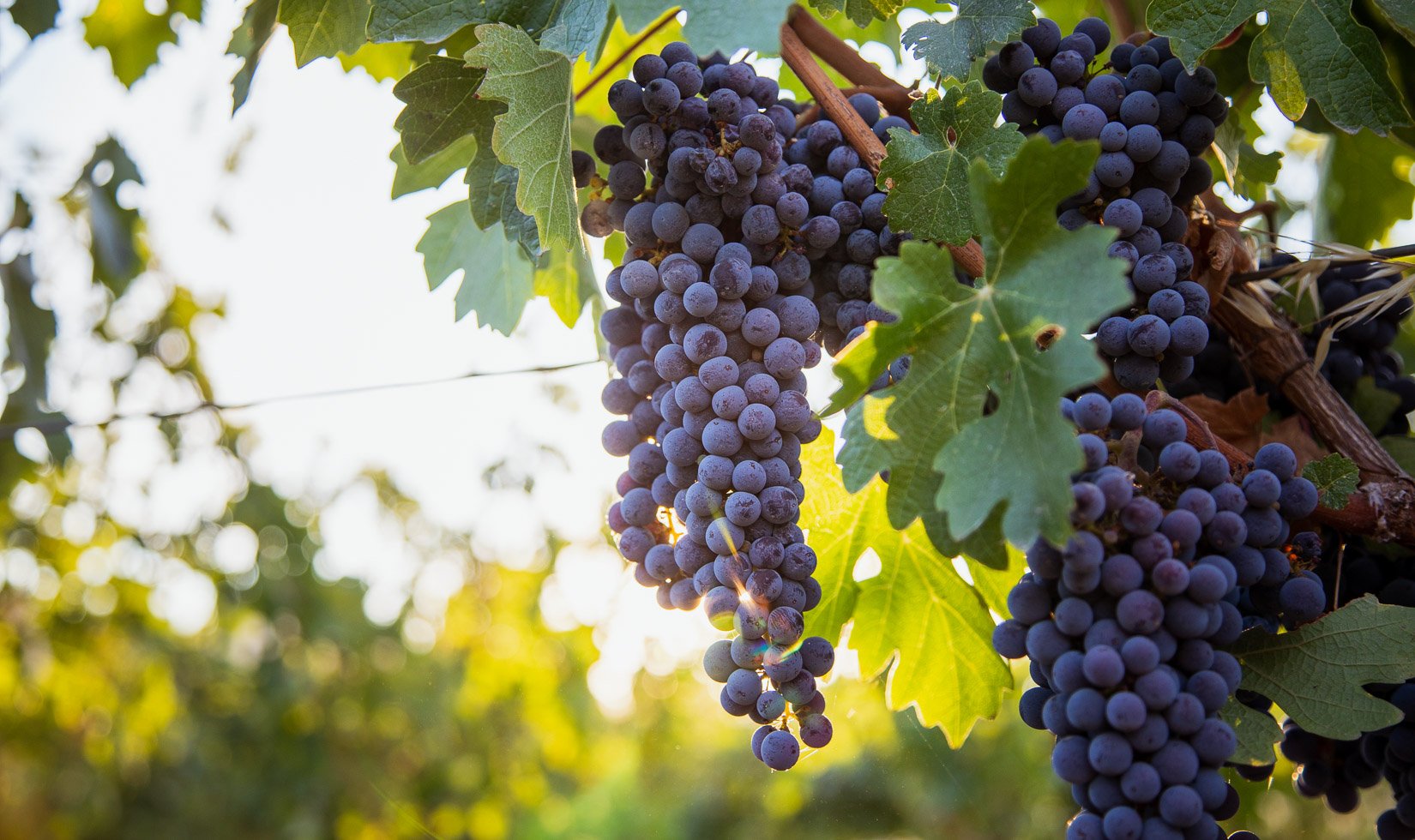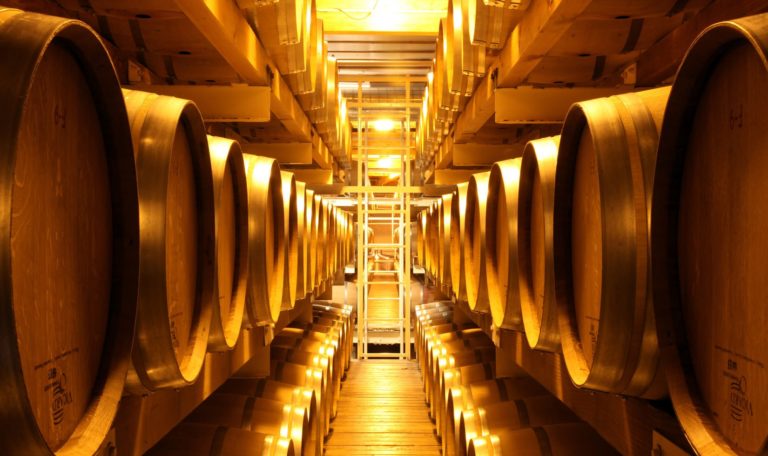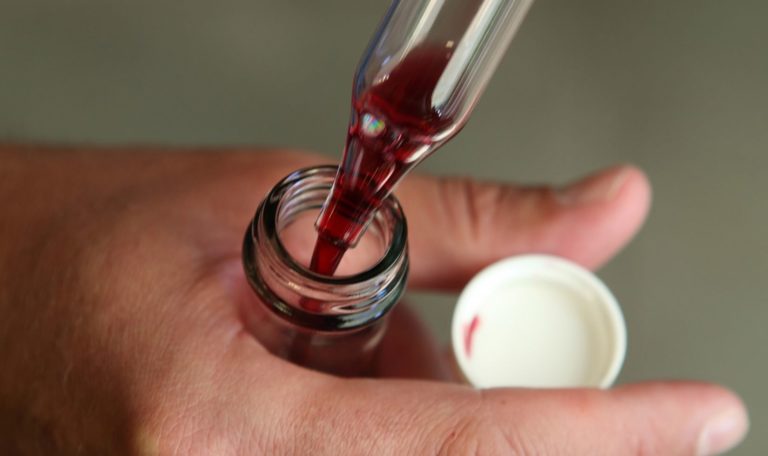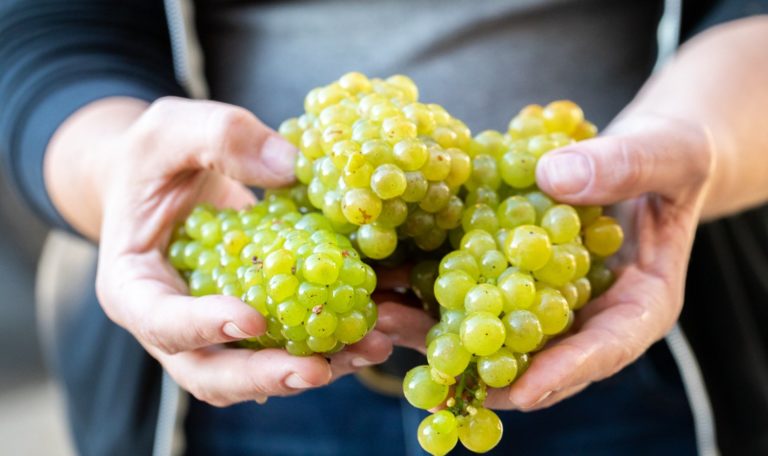After releasing a special vintage like the 2015—the first Jordan Cabernet Sauvignon aged entirely in French oak—Jordan fans could think that the following vintage would live in the shadow of such a historic wine. But that is absolutely not the case. We’re actually even more excited for this month’s release of the 2016 Jordan Cabernet Sauvignon—a vintage that combines the silky texture born from aging the wine exclusively in French oak with deeply concentrated fruit flavors from pristine grapes born from an exceptional growing season. It’s also the 40th anniversary vintage of Jordan Cabernet Sauvignon, so definitely a special vintage to buy for reasons beyond its quality. Here are the four factors that helps make 2016 a stellar vintage for Alexander Valley cabernet sauvignon in Sonoma, Napa and other Northern California winegrowing regions. The 2016 vintage cabernets are enjoyable to drink now but will cellar for decades to come. 2016 is so good, it made our all-time best years for Jordan Hall of Fame.
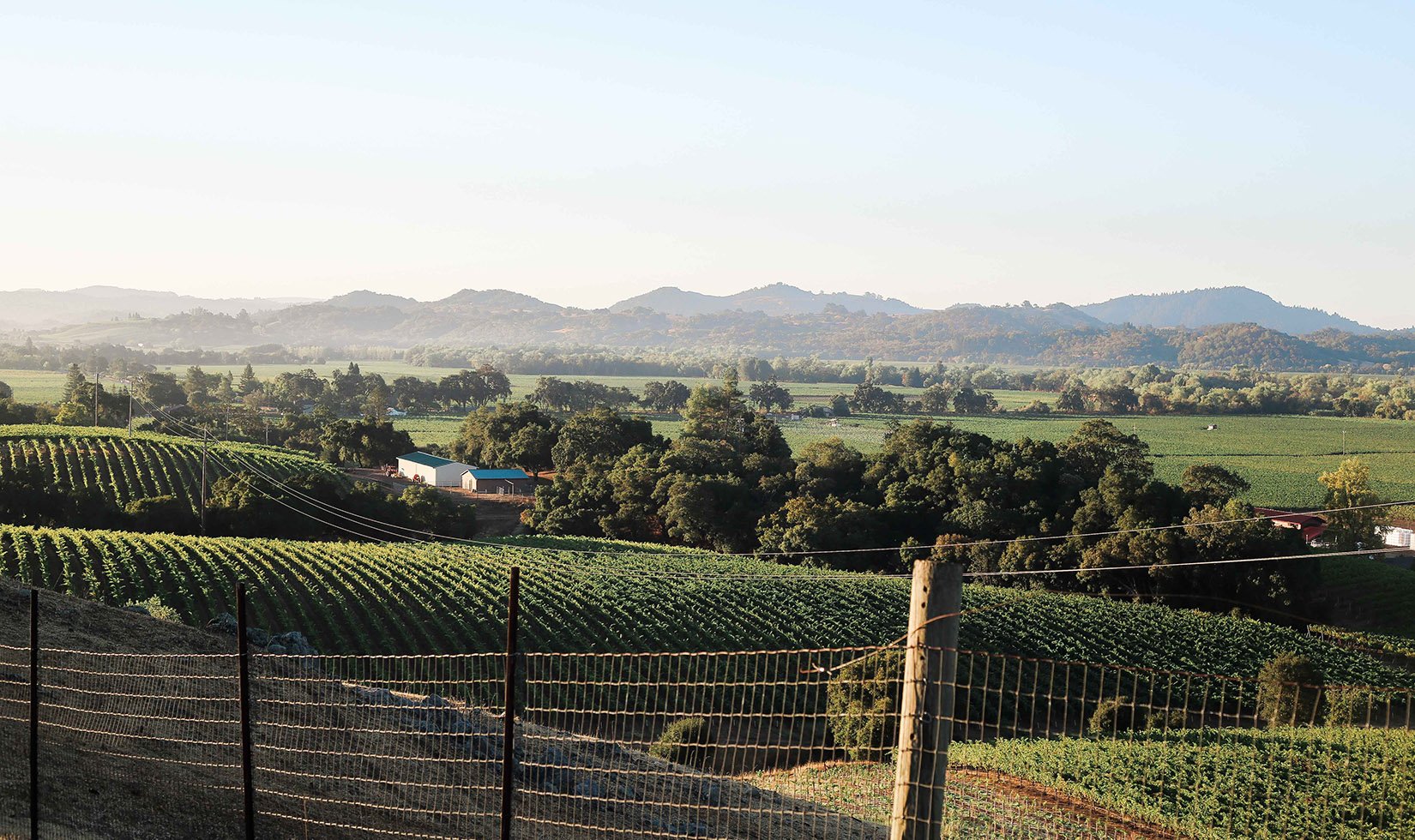
The 2016 Cabernet Sauvignon Vintage Enjoyed Nice Weather
Mother Nature was very good to us right out of the gate and delivered a truly superb vintage. After years of drought, we received more than 80 percent of the year’s average annual rainfall before winter ended. This kicked off the 2016 vintage growing season on a promising note, because every great vintage begins with ample water in the ground before bud break. After weeks of intermittent rain storms in December and January, a record heatwave hit in mid-February, which triggered yet another early bud break. (The early bud break required us to slightly alter our farming practices in order to avoid frost damage. This meant mowing our cover crops earlier than normal to ensure that the cold air wouldn’t be trapped within the rows of actively growing vines.)
Flowering began in early May, which is typical timing, and despite some rainy days and a little wind, the flowers pollinated successfully in our earlier-ripening vineyards. A curveball came our way from mid-May through Memorial Day weekend, in the form of a few rain showers punctuated by two heat spikes. This disrupted the bloom of some later-ripening vineyards, which reduced the quantity—but not the quality—of the grape clusters. The good news is that many of the Jordan Cabernet Sauvignon grower vineyards had already bloomed 75-100 percent before the inclement weather arrived.
Moderately warm weather carried the grapes to ideal ripeness from summer into early fall.
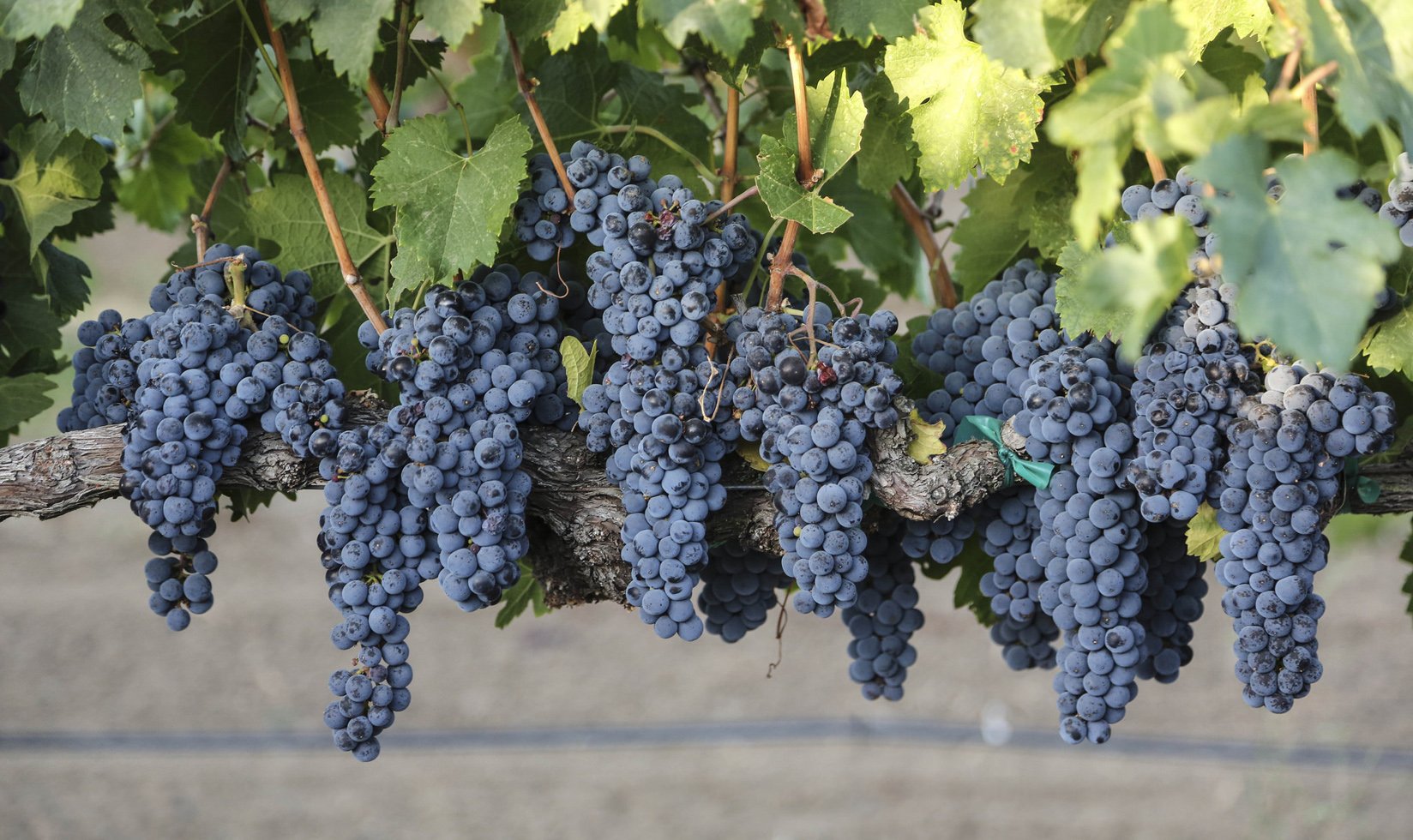
The 2016 Cabernet Sauvignon Grapevines Grew in Balance Throughout the Growing Season
Over my 15 years as a winemaker, I’ve always followed the principle that you need balanced vines to make balanced wines, and 2016 is one of those ideal vintages where the grapevines grew in harmony from spring and summer to fall. The pursuit of vine balance begins at the end of winter when grapevines awaken from dormancy and burst their tiny buds. If the buds break uniformly—i.e. in balance—they will, in theory, go through flowering evenly (as long as there isn’t rain and wind during bloom), resulting in balanced, tiny berries. During summer months, fruit set and veraison, the color change of the red grapes, will also happen evenly in balance as long as no strange weather events, such as heat spikes or rainstorms, occur. Thanks to the good weather during these important times during the lifecycle of the grapevines, 2016 Jordan Cabernet Sauvignon grapes were so evenly ripened that they possessed more fresh, dark fruit characters than the 2015.
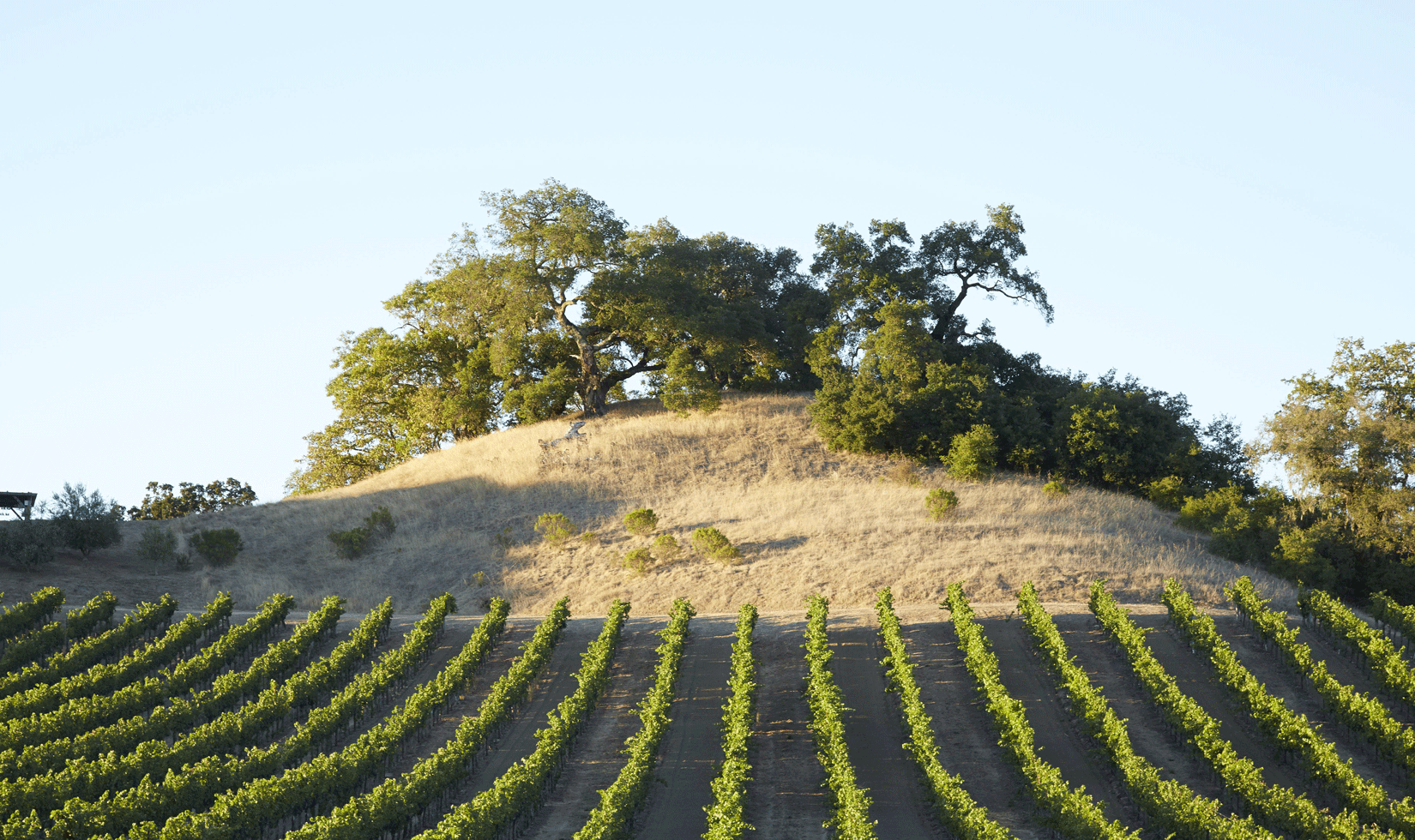
The 2016 Cabernet Sauvignon Vintage Endured No Intense Heat
Intense heat (temperatures in the mid-90s to 100) can cause the vines to shut down and not ripen their fruit. Fortunately, the 2016 vintage had ideal summer weather with no heat spikes whatsoever. Cool temperatures and misty fog lingered well into late morning most days throughout August, and highs stayed in the upper 70s and low 80s—about 10 degrees below average. There was just enough sunshine, but without intense heat, which allowed the grapes to ripen slowly, developing complex flavors.
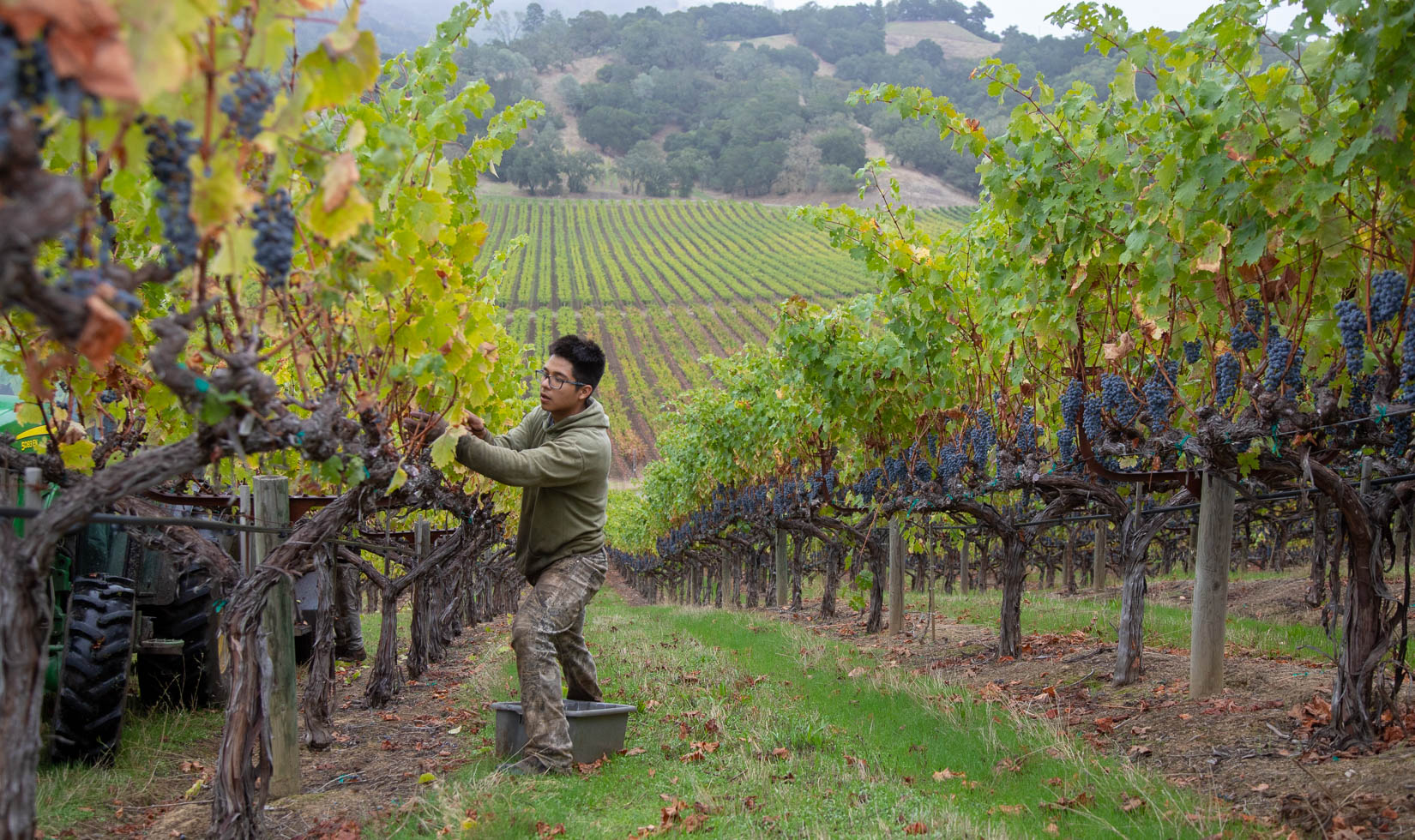
2016 is a Historic Vintage for Jordan Cabernet Sauvignon
The harvest for Jordan’s 2016 Alexander Valley Cabernet Sauvignon began on September 8 and concluded on October 7—the eve of our official 40th anniversary of the inaugural 1976 Jordan Cabernet Sauvignon. Even though 2016 was an average-sized crop, it has flavor and complexity on par with the exceptional 2012 vintage. Right off the vine, the fruit aromas were bright, beautiful and rich, and the grapes showed great intensity of fruit flavors. It is a fitting vintage to celebrate 40 years of Jordan Cabernet Sauvignon.
